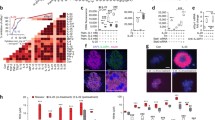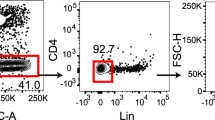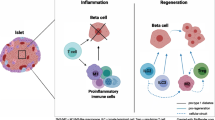Abstract
Inflammation plays an important role in the destruction of pancreatic islet β-cells that leads to type I diabetes. This involves infiltration of T-cells and macrophages into the islets and local production of inflammatory cytokines such as interleukin (IL)-1β, tumor necrosis factor (TNF)-α, and interferon (IFN)-γ. Our laboratory has developed several strategies for protecting β-cells against oxidative stress and cytokine-induced cytotoxicity. These include a cytokine selection strategy that results in cell lines that are resistant to the combined effects of IL-1β+IFN-γ. More recently, we have combined the cytokine selection procedure with overexpression of the antiapoptotic gene bcl-2, resulting in cell lines with greater resistance to oxidative stress and cytokine-induced damage than achieved with either procedure alone. This article summarizes this work and the remarkably divergent mechanisms by which protection is achieved in the different model systems. We also discuss the potential relevance of insights gained from these approaches for enhancing islet cell survival and function in both major forms of diabetes.
Similar content being viewed by others
Author information
Authors and Affiliations
Corresponding author
Rights and permissions
About this article
Cite this article
Hohmeier, H., Tran, V., Chen, G. et al. Inflammatory mechanisms in diabetes: lessons from the β-cell. Int J Obes 27 (Suppl 3), S12–S16 (2003). https://doi.org/10.1038/sj.ijo.0802493
Published:
Issue Date:
DOI: https://doi.org/10.1038/sj.ijo.0802493
- Springer Nature Limited
Keywords
This article is cited by
-
Protection of coenzyme Q10 against contrast-induced acute kidney injury in male diabetic rats
Diabetology & Metabolic Syndrome (2021)
-
Botanical Interventions to Improve Glucose Control and Options for Diabetes Therapy
SN Comprehensive Clinical Medicine (2021)
-
MicroRNAs in islet immunobiology and transplantation
Immunologic Research (2013)
-
Receptor-mediated activation of ceramidase activity initiates the pleiotropic actions of adiponectin
Nature Medicine (2011)
-
Development of PACAP38 Analogue with Improved Stability: Physicochemical and In Vitro/In Vivo Pharmacological Characterization
Journal of Molecular Neuroscience (2011)




